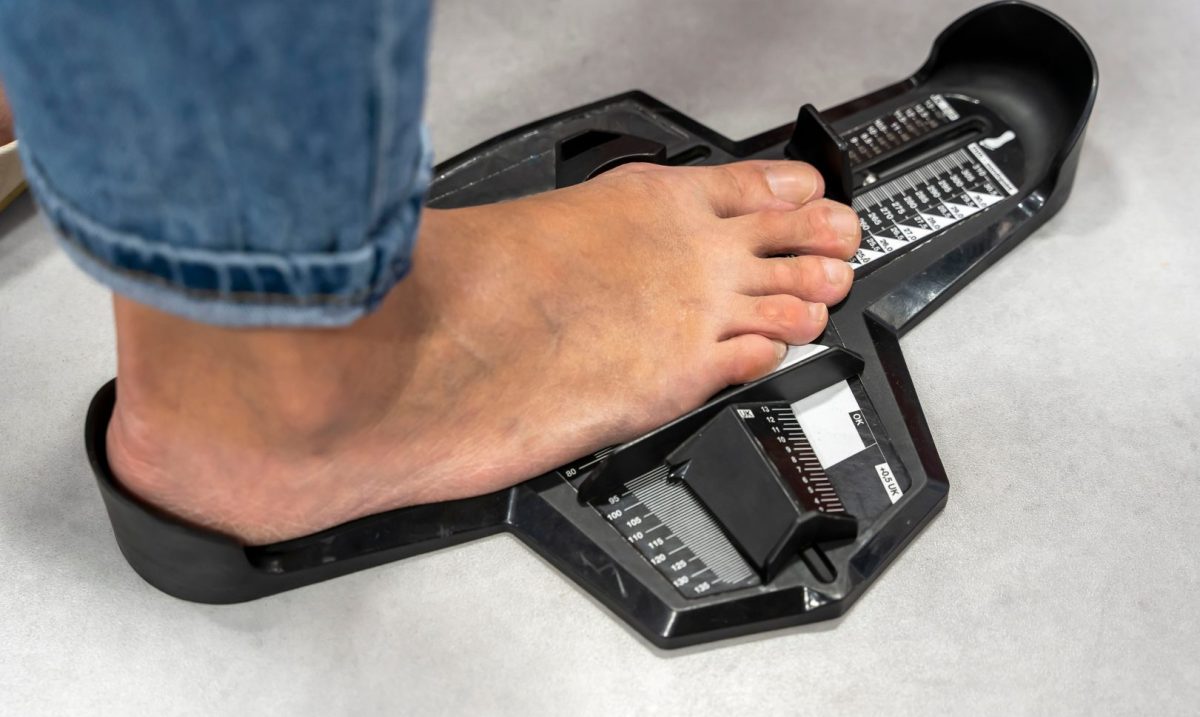Oftentimes, shoe enthusiasts tend to overlook the importance of width when finding the perfect pair of shoes. While it’s exciting to finally discover your ideal size, it’s equally vital to ensure that the width is appropriate for optimal comfort. Individuals with wide feet understand this predicament all too well: which shoe can cater to their needs?
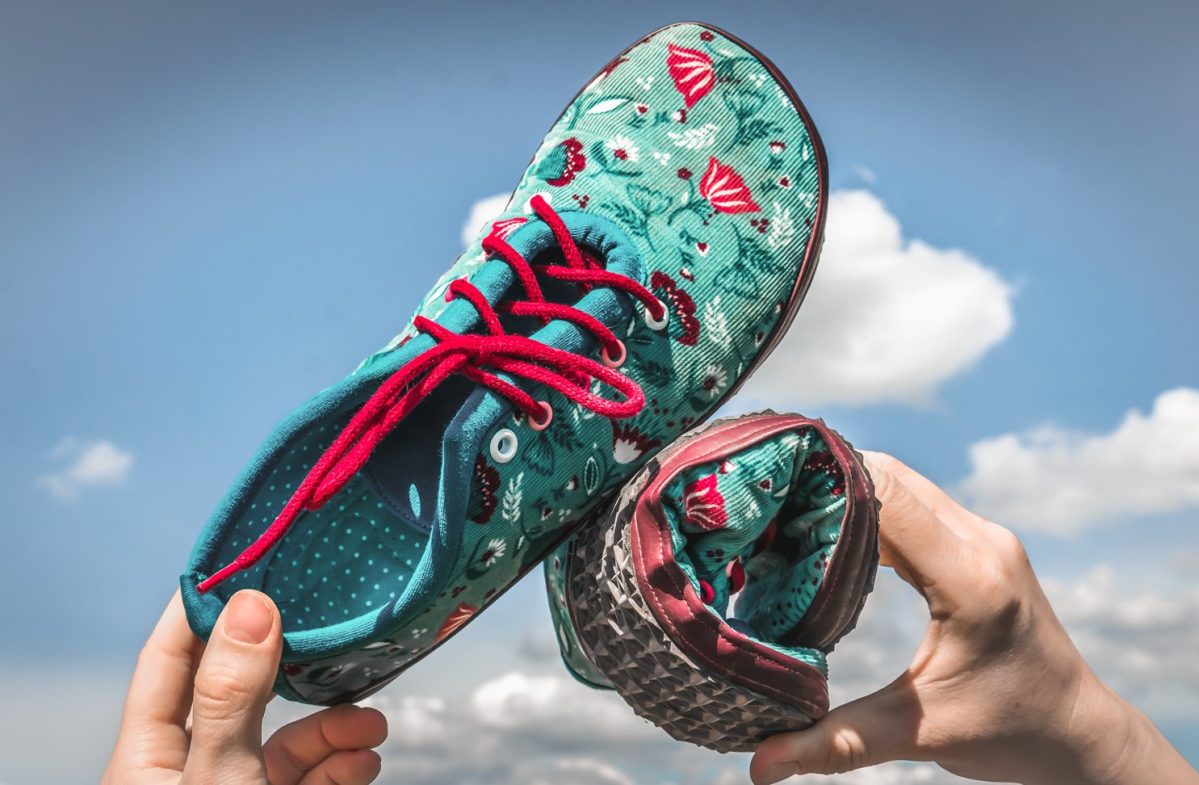
With a vast array of shoe width options available, it can be challenging to navigate through the choices and pinpoint the best-suited pair for your feet. Fortunately, you can take a step in the right direction and let your fingers do the walking down this page, where you’ll uncover a wealth of knowledge on shoe width charts, measuring instructions, and valuable tips to do your search for the ideal pair a breeze.
Read more Foot Length To Shoe Size Chart in here
Men Width Shoe Size Chart
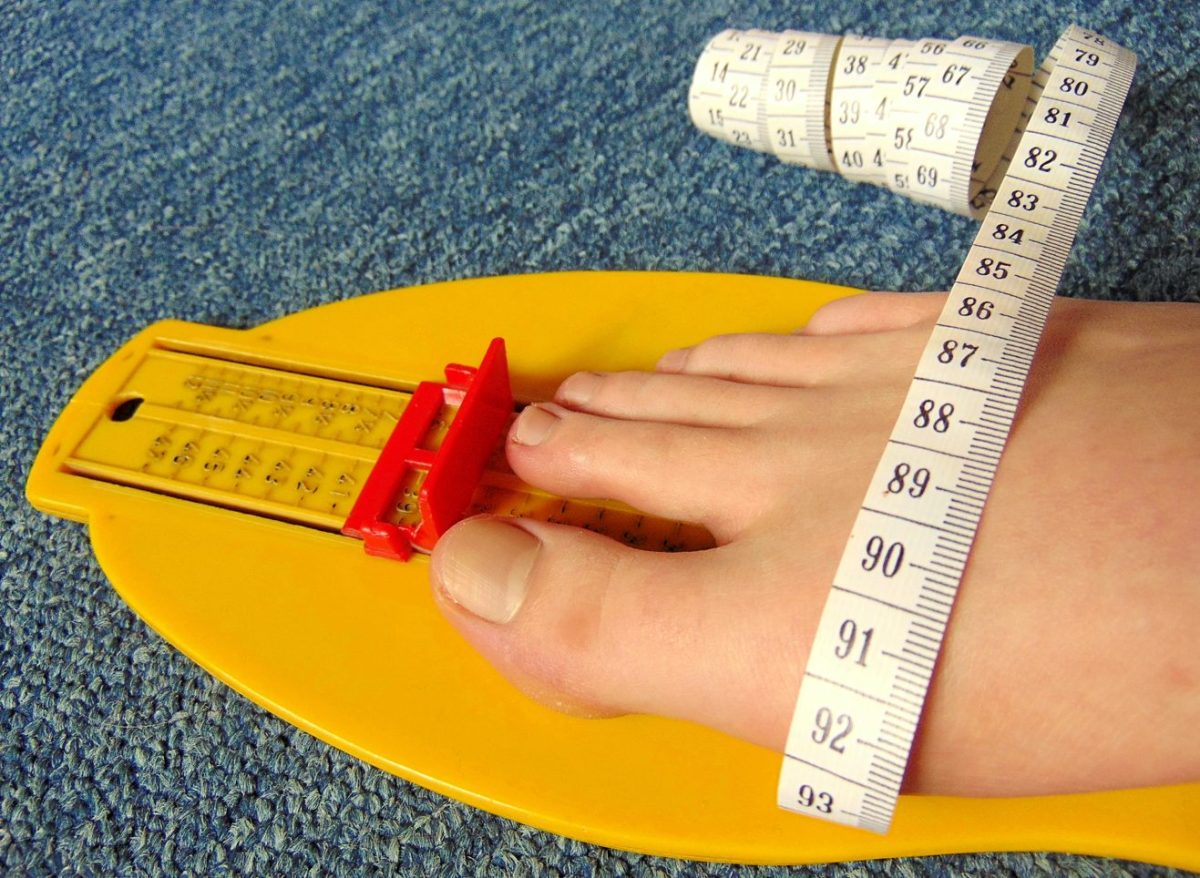
To obtain your optimal shoe width, begin by sketching the outline of your foot and measuring the width at its widest point. Once you’ve established your measurement, scroll down to the chart below and locate your shoe size. Finally, match your shoe size with the corresponding measurement on the chart, and voila! At the pinnacle of the column, your perfect shoe width is proudly showcased, poised to facilitate your quest for the ideal pair of footwear.
| Standard Width | Super Slim | Slim | Narrow | Medium | Wide | Extra Wide |
| Manufacturer’s Width | 4A, 3A, SS | 2A, A, AA, N, S | B, C | D, M, MW, R | E, 2E, EE, W | EEE, 3W, 3E, 4E, X, XW |
| Size 6.0 | 3 1⁄8″ | 3 1⁄4″ | 3 3⁄8″ | 3 1⁄2″ | 3 5⁄8″ | 3 3⁄4″ |
| Size 6.5 | 3 1⁄4″ | 3 3⁄8″ | 3 1⁄2″ | 3 5⁄8″ | 3 3⁄4″ | 3 7⁄8″ |
| Size 7.0 | 3 1⁄4″ | 3 3⁄8″ | 3 1⁄2″ | 3 5⁄8″ | 3 3⁄4″ | 3 7⁄8″ |
| Size 7.5 | 3 5⁄16″ | 3 7⁄16″ | 39⁄16″ | 311⁄16″ | 313⁄16″ | 315⁄16″ |
| Size 8.0 | 33⁄8″ | 31⁄2″ | 35⁄8″ | 33⁄4″ | 37⁄8″ | 4″ |
| Size 8.5 | 3 3⁄8″ | 3 1⁄2″ | 3 5⁄8″ | 3 3⁄4″ | 3 7⁄8″ | 4″ |
| Size 9.0 | 3 9⁄16″ | 3 11⁄16″ | 3 13⁄16″ | 3 15⁄16″ | 4 1⁄16″ | 4 3⁄16″ |
| Size 9.5 | 3 9⁄16″ | 3 11⁄16″ | 3 13⁄16″ | 3 15⁄16″ | 4 1⁄16″ | 4 3⁄16″ |
| Size 10.0 | 35⁄8″ | 3 3⁄4″ | 3 7⁄8″ | 4″ | 41⁄8″ | 41⁄4″ |
| Size 10.5 | 3 3⁄4″ | 3 7⁄8″ | 4″ | 4 1⁄8″ | 4 1⁄4″ | 43⁄8″ |
| Size 11.0 | 3 3⁄4″ | 3 7⁄8″ | 4″ | 4 1⁄8″ | 4 1⁄4″ | 4 3⁄8″ |
| Size 11.5 | 3 13⁄16″ | 3 15⁄16″ | 41⁄16″ | 4 3⁄16″ | 4 5⁄16″ | 4 7⁄16″ |
| Size 12.0 | 3 15⁄16″ | 4 1⁄16″ | 4 3⁄16″ | 4 5⁄16″ | 4 7⁄16″ | 4 9⁄16″ |
| Size 12.5 | 3 15⁄16″ | 4 1⁄16″ | 4 3⁄16″ | 4 5⁄16″ | 4 7⁄16″ | 4 9⁄16″ |
| Size 13.0 | 3 15⁄16″ | 4 1⁄16″ | 4 3⁄16″ | 4 5⁄16″ | 4 7⁄16″ | 4 9⁄16″ |
| Size 13.5 | 4″ | 41⁄8″ | 41⁄4″ | 43⁄8″ | 41⁄2″ | 45⁄8″ |
Woman Width Shoe Size Chart
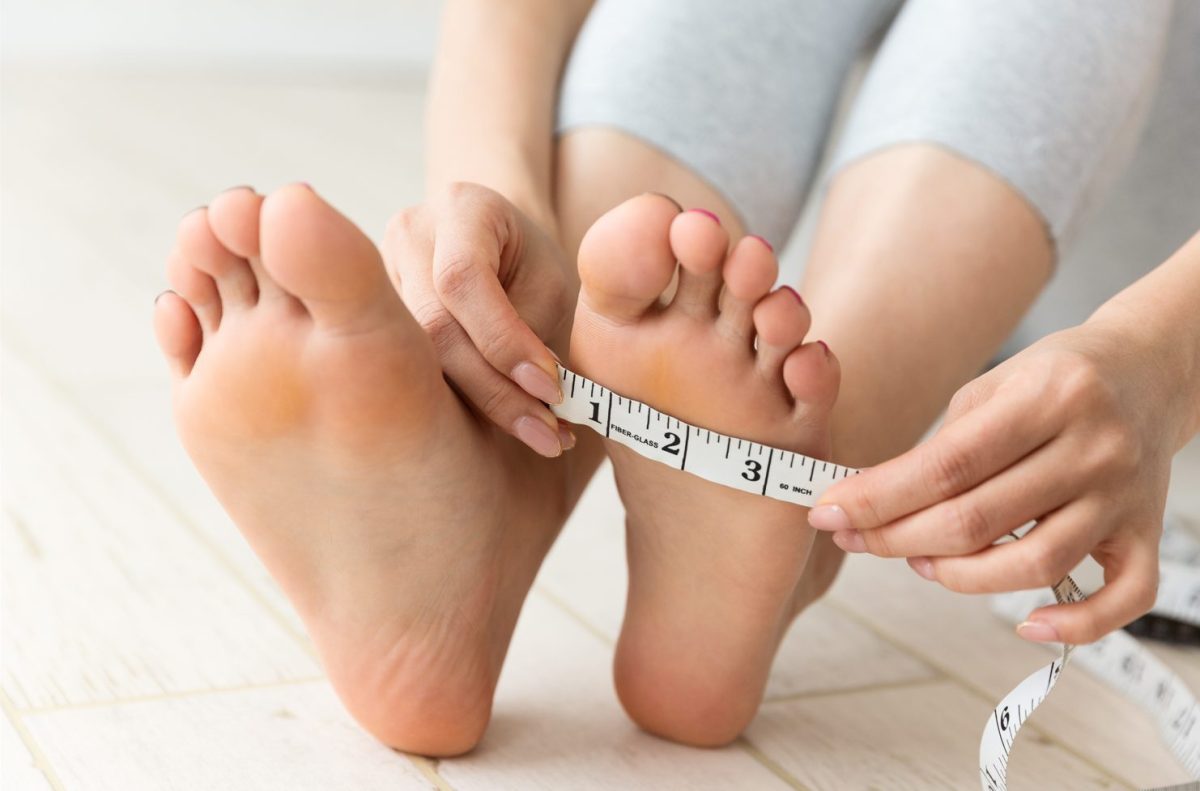
Curious about the dissimilarities between men’s and women’s shoe widths? Typically, men tend to have broader feet; hence a D width is considered standard for them. On the other hand, women’s feet are generally smaller and relatively narrower, making a B width the norm for them. For those seeking a more profound exploration of the subtle gender-specific disparities in width dimensions, this page harbors extensive charts that furnish comprehensive insights. Don’t forget to measure the foot width first!
| Standard Width | 2X wide | 3X Wide | 4X Wide | 5X Wide | 6X Wide | 7X Wide | 8X Wide | 9X Wide |
| Manufacturer’s Width | 5E, 6E, XX, XXW | 7E, 8E | 9E, 10E | 11E. 12E | 13E, 14E | 15E, 16E | 17E, 18E | 19E + |
| Size 6.0 | 4″ | 4 1⁄8″ | 4 5⁄16″ | 4 1⁄2″ | 4 11⁄16″ | 4 7⁄8″ | 5 1⁄16″ | 5 1⁄4″ |
| Size 6.5 | 4 1⁄16″ | 4 1⁄4″ | 4 7⁄16″ | 4 5⁄8″ | 4 13⁄16″ | 5″ | 5 3⁄16″ | 5 3⁄8″ |
| Size 7.0 | 4 1⁄16″ | 4 1⁄4″ | 4 7⁄16″ | 4 5⁄8″ | 4 13⁄16″ | 5″ | 5 3⁄16″ | 5 3⁄8″ |
| Size 7.5 | 41⁄8″ | 45⁄16″ | 41⁄2″ | 411⁄16″ | 47⁄8″ | 51⁄16″ | 51⁄4″ | 57⁄16″ |
| Size 8.0 | 43⁄16″ | 43⁄8″ | 49⁄16″ | 43⁄4″ | 415⁄16″ | 51⁄8″ | 55⁄16″ | 51⁄2″ |
| Size 8.5 | 4 3⁄16″ | 4 3⁄8″ | 4 9⁄16″ | 4 3⁄4″ | 4 15⁄16″ | 5 1⁄8″ | 5 5⁄16″ | 5 1⁄2″ |
| Size 9.0 | 4 3⁄8″ | 4 9⁄16″ | 4 3⁄4″ | 4 15⁄16″ | 5 1⁄8″ | 5 5⁄16″ | 5 1⁄2″ | 5 11⁄16″ |
| Size 9.5 | 4 3⁄8″ | 4 9⁄16″ | 4 3⁄4″ | 4 15⁄16″ | 5 1⁄8″ | 5 5⁄16″ | 5 1⁄2″ | 5 11⁄16″ |
| Size 10.0 | 47⁄16″ | 45⁄8″ | 413⁄16″ | 5″ | 53⁄8″ | 59⁄16″ | 53⁄4″ | 53⁄4″ |
| Size 10.5 | 49⁄16″ | 43⁄4″ | 415⁄16″ | 51⁄8″ | 55⁄16″ | 51⁄2″ | 511⁄16″ | 57⁄8″ |
| Size 11.0 | 4 9⁄16″ | 4 3⁄4″ | 4 15⁄16″ | 5 1⁄8″ | 5 5⁄16″ | 5 1⁄2″ | 5 11⁄16″ | 5 7⁄8″ |
| Size 11.5 | 4 5⁄8″ | 4 13⁄16″ | 5″ | 5 3⁄16″ | 5 3⁄8″ | 5 9⁄16″ | 5 3⁄4″ | 5 15⁄16″ |
| Size 12.0 | 4 3⁄4″ | 4 15⁄16″ | 5 1⁄8″ | 5 5⁄16″ | 5 1⁄2″ | 5 11⁄16″ | 5 7⁄8″ | 6 1⁄16″ |
| Size 12.5 | 4 3⁄4″ | 4 15⁄16″ | 5 1⁄8″ | 5 5⁄16″ | 5 1⁄2″ | 5 11⁄16″ | 5 7⁄8″ | 6 1⁄16″ |
| Size 13.0 | 4 3⁄4″ | 4 15⁄16″ | 5 1⁄8″ | 5 5⁄16″ | 5 1⁄2″ | 5 11⁄16″ | 5 7⁄8″ | 6 1⁄16″ |
| Size 13.5 | 413⁄16″ | 5″ | 5 3⁄16″ | 5 3⁄8″ | 5 9⁄16″ | 5 3⁄4″ | 5 15⁄16″ | 6 1⁄8″ |
What Are Wide Width Shoes?
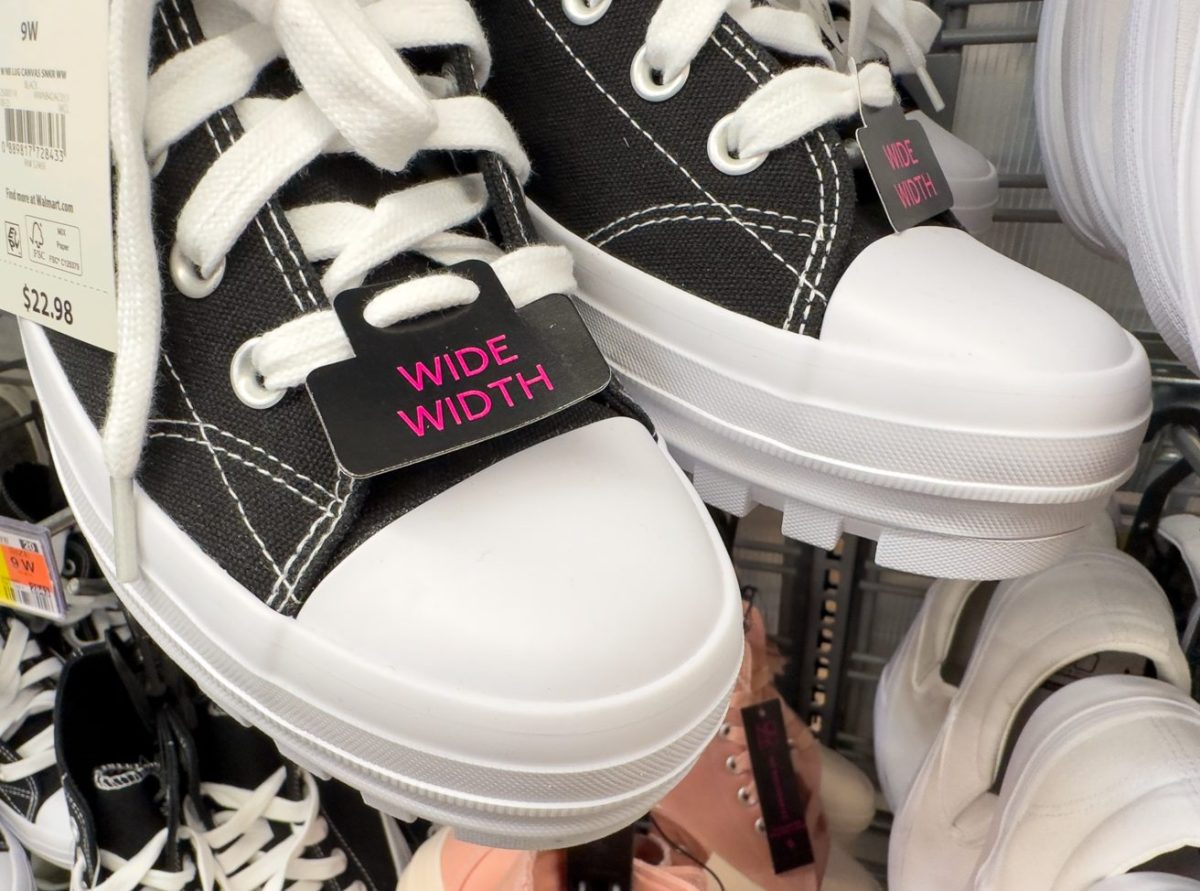
Wide width shoes are shoes that are designed to accommodate feet that are wider than the average size. With a spacious toe box and a generally more expansive design, these shoes cater to individuals with wider feet or specific foot ailments such as bunions or hammertoes, providing enhanced comfort and ease.
The width of a shoe is typically denoted by a letter: “B” for a standard or narrow width, “D” for a wide width, and “EE” or “EEE” for extra-wide widths. While some shoe producers may employ alternative width labels, the fundamental principle remains intact: the greater the letter, the more capacious the shoe.
Shoe width can be a bewildering experience, much like clothing since various brands and styles implement varying methods to measure their shoes. In fact, there are two measurement methods, one employing a letter system and the other a word-based sizing system. Typically, letters are paired with sizes, and the table below outlines the most widely used sizing conventions to assist you in navigating through this maze.
Find more Euro To US Shoe Size Chart in this post
How to Measure the Width of Your Shoes?
In case you’re unable to visit a physical shoe store, fret not. You can accurately measure your shoe width on your own with a few simple steps. To begin, remove your socks to obtain precise measurements. Additionally, remember to measure both feet since the width of one foot may differ from the other. By adhering to these directives, you can secure a snug and tailored pair of shoes, irrespective of whether you procure them in a physical retail outlet or via online channels.
Step 1
To achieve accurate shoe measurements, a tailor’s tape is ideal for its flexibility and gentleness. Gently wrap the tape measure around the widest part of your foot, being careful not to apply too much pressure. Next, place your foot firmly on the ground and distribute your weight evenly as you would when standing naturally. These steps will help ensure that your measurements are precise and the resulting footwear will fit comfortably and securely, providing you with the support and comfort that you require.
Step 2
Once you’ve wrapped the tape measure around the widest part of your foot and secured it in place, it’s time to mark the measurement accurately. Hold a pencil or erasable pen perpendicular to the floor and mark the tape measure at the width of your foot’s widest point.
Step 3
Now that you have measured the width of your foot accurately, it’s time to use the shoe tables to determine the appropriate size for your new pair of shoes. These tables provide detailed information on the size and width of shoes, allowing you to find the perfect fit.
If you don’t have a tailor’s tape at your disposal, worry not! You can still measure your foot’s width using the length of the string. Place the string around the widest part of your foot and mark it where the ends meet. Once done, lay the string flat and use a ruler to measure the length from the end to the marked spot. This method is a quick and easy alternative to measuring with a tape measure, allowing you to find your perfect shoe size with ease.
How to Choose Shoes for Wide Feet?
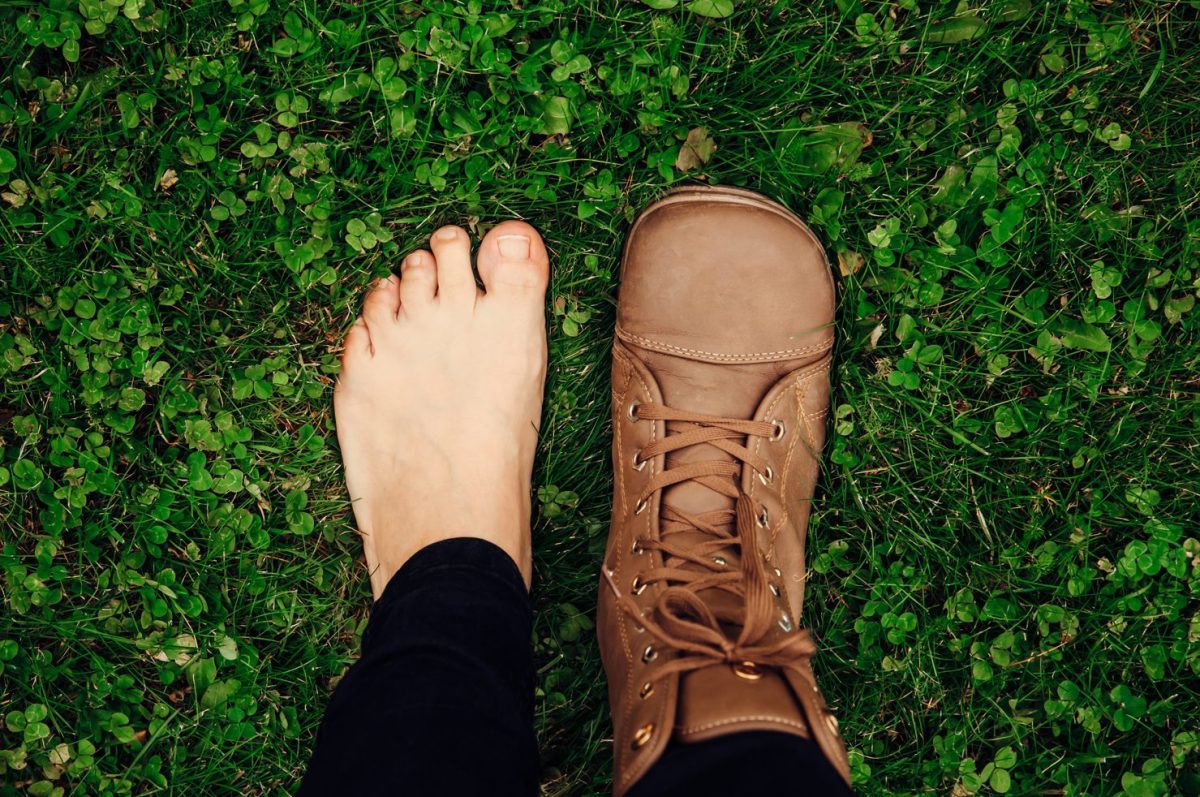
Opting for the perfect pair of shoes for individuals with wide feet can prove to be a daunting task. However, by adopting a systematic approach, one can successfully procure fashionable and cozy footwear that fits impeccably. Here are some useful pointers that will aid you in your quest to select shoes for wide feet:
1. Purchasing later in the day
To ensure a perfect fit when shopping for shoes, consider going later in the day when your feet have had a chance to expand. As the day progresses, your feet tend to widen, and they may also become more fatigued from walking or standing. By trying on shoes in this state, you’ll be able to detect small discrepancies in a fit that might become problematic during extended wear.
Neglecting to do so could lead to discomfort, blisters, or even injuries when using your shoes for high-intensity activities like long-distance running or two-a-day training sessions. Remember that slight discomfort in the store can escalate into significant pain on the track.
2. Think about your sock selection
It’s essential to take your planned workout socks into account when choosing the ideal pair of shoes for your training. As a seasoned athlete, you likely own several sport-specific socks designed for various types of training. To ensure an ideal shoe fit, it’s recommended to try on potential new shoes with all the socks you plan to wear.
Keep in mind that different socks may impact your shoe’s fit differently. For instance, a compression sock will make your foot slimmer in the shoe, whereas a wool hiking sock will require more space. By choosing the right socks and trying on shoes with them, you can guarantee optimal comfort and performance during your training.
3. Bring Orthotics
When heading out for shoe shopping, make sure to take your custom orthotics or store-bought insoles with you. These additions can significantly alter the fit and feel of your shoes. While the typical practice involves removing the shoe’s insole and replacing it with a full-foot orthotic, the thickness of the orthotic can cause a difference in the shoe’s fit.
To ensure maximum comfort, it’s crucial to try on shoes while wearing the insole or orthotic you intend to use. This way, you can be confident that you’ll be taking home a pair that’s comfortable and suitable for your feet.
4. Put on both feet
It may seem like common sense, but before making a decision on which pair of shoes to purchase, it is crucial to try on both shoes. Often, individuals have one foot that is wider or longer than the other, making it necessary to select a shoe that accommodates the larger foot. However, selecting a size that is too small for the other foot is not the solution. Many athletes, therefore, opt to purchase two pairs of shoes each time they acquire new ones to ensure proper fit and avoid discomfort or injury.
5. Visualize the Comparison
Before slipping your feet into a new pair of shoes, take a moment to assess their width. Hold the shoe next to your foot and make sure there’s a little bit of extra room between the shoe and the edge of your foot. Don’t be tempted to cram your foot into a shoe that appears too narrow, as it won’t allow for comfortable movement.
If you find the shoe is too snug, ask for a different width. Wide-width shoes typically offer an additional centimeter of space compared to regular-width, while extra-wide shoes grant an additional centimeter of space beyond the wide ones.
6. Do a Test Drive with them
Ensuring the perfect fit for any shoe purchase is crucial to guarantee optimal comfort and performance. Merely trying on shoes in the store is often not enough, as a shoe’s comfort level can change when tested under different conditions. Reputable running stores may offer in-store treadmills to test shoes or allow customers to go for a test run outdoors.
Online shoppers should check if the brand’s return policy permits shoes to be returned after a trial run. It’s essential to remember that foot size can change over time, making periodic analysis and sizing necessary for buying the perfect shoe.
FAQS
What is the difference between wide and extra-wide shoes?
The difference between wide and extra-wide shoes is the width of the shoe. Extra wide shoes are designed to accommodate feet that are wider than standard wide shoes.
Can I wear regular shoes if I have wide feet?
Answer: If you have wide feet, it is not recommended to wear regular shoes as they may be uncomfortable and cause foot problems. It is important to find shoes that fit properly and accommodate your foot width.
What should I look for in a wide shoe?
When looking for a wide shoe, look for shoes that are labeled as “wide” or “E” width. Additionally, look for shoes that have a wider toe box and are made of materials that can stretch to accommodate wider feet.
Are all wide shoes the same width?
No, not all wide shoes are the same width. Wide shoes can range from a slightly wider than average width to an extra wide width.
How can I tell whether I need wide shoes?
In the event that your foot width surpasses the typical range, it is advisable to explore the availability of wider footwear. Furthermore, any sensations of discomfort or pain endured while wearing standard shoes could be indicative of the need to switch to a wider shoe option.
Do wide shoes cost more than regular shoes?
The production of wider shoes necessitates the use of extra materials and construction techniques, consequently leading to a higher cost compared to their regular-sized counterparts.
Are there different types of wide shoes?
Yes, wide shoes come in a variety of types tailored to meet various needs, such as athletic activities, formal events, and casual wear.
Can I order wide shoes online?
Yes, the realm of online shopping offers the convenience of ordering wide shoes from the comfort of your own abode. Nevertheless, to guarantee a satisfactory fit, it is of paramount importance to meticulously peruse the sizing chart and scrutinize customer reviews prior to finalizing your purchase

